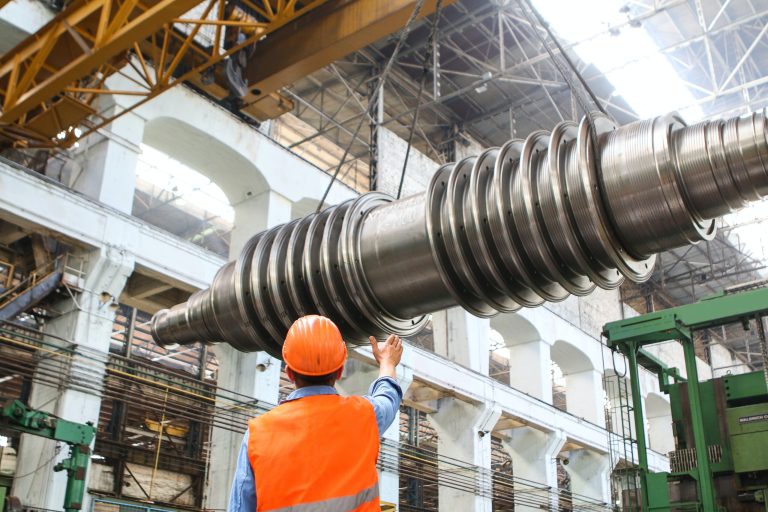Wages grow in Poland at fastest rate in at least two decades

The average wage in Poland rose by 14.7% year-on-year in the second quarter of 2024 – the largest increase in at least two decades – to reach 8,038.41 zloty (€1,864.63) per month before tax, new data from Statistics Poland (GUS), a state agency, show.
GUS’s quarterly data – unlike the more commonly reported monthly figures – take into account the earnings of a wider section of the population, including people employed in small enterprises and public administration.
Wage growth this year has been driven in particular by a record rise in the minimum wage at the beginning of the year – a policy introduced by the former government – and a 20% pay raise for all state employees and 30% rise for teachers enacted by the new government that took office in December.
The figures show that in the business sector (among companies that employ more than nine people), wages rose by a lower figure of 10.9% in the second quarter. Around 6.2 million people are employed at such firms compared to 15.1 million workers in the entire Polish economy.
“The higher dynamics are the aftermath of the 20% minimum wage increase filtering through the economy and high increases in the public sector,” Arkadiusz Balcerowski, an economist at mBank, told Notes from Poland. “The business sector, which is less affected by those factors, has seen a slight fading of strong wage growth.”
“NBP [central bank] surveys indicate that the severity of wage pressures reported by companies has been declining for some time,” he added. “Moreover, the NBP itself estimates that the current wage growth is overwhelmingly driven by past inflation.”
🇵🇱 Spore zaskoczenie danymi o wzroście płac w Q2 (gospodarka narodowa), który wyniósł 14,7% r/r. Dla porównania projekcja NBP z lipca zakładała wzrost o 13,5% r/r. Należy jednak pamiętać, że wciąż tak wysokie dynamiki to w dużej mierze lusterko wsteczne. pic.twitter.com/wwLJ0Nfl06
— mBank Research (@mbank_research) August 9, 2024
Following the end of the pandemic and the outbreak of war in Ukraine, inflation in Poland remained stubbornly high for several months and reached a peak of 18.4% in February last year.
Although the rate of price increases has slowed considerably since then, inflation has started to accelerate again in recent months, reaching 4.2% in July on the back of energy price rises.
The latest GUS data show that, relative to the previous quarter, the average salary fell by 1.3%. This is something that happens every year in the second quarter, as wages in the first quarter are usually inflated by bonuses paid at the beginning of the year.
Unemployment fell to 4.9% in June, the first time it has been below 5% since 1990, when Poland was beginning its post-communist transition.
For more, see our full report here: https://t.co/FHVG3KdINR pic.twitter.com/IO7rPYXHeQ
— Notes from Poland 🇵🇱 (@notesfrompoland) July 23, 2024
With the fading effect of increases in the public sector and the minimum wage hike, as well as the easing of wage pressures and possibly fewer opportunities for companies to raise wages, the rate of wage growth in the national economy is set to fall as well.
In its latest inflation projection published in July, the NBP said it expects double-digit annual wage growth to continue until the end of 2024. Increases will then slow down to below 10% at the beginning of 2025 and may reach 6% by the end of 2026.

Notes from Poland is run by a small editorial team and published by an independent, non-profit foundation that is funded through donations from our readers. We cannot do what we do without your support.
Main image credit: Marcin Kempa/Unsplash

Alicja Ptak is senior editor at Notes from Poland and a multimedia journalist. She previously worked for Reuters.






